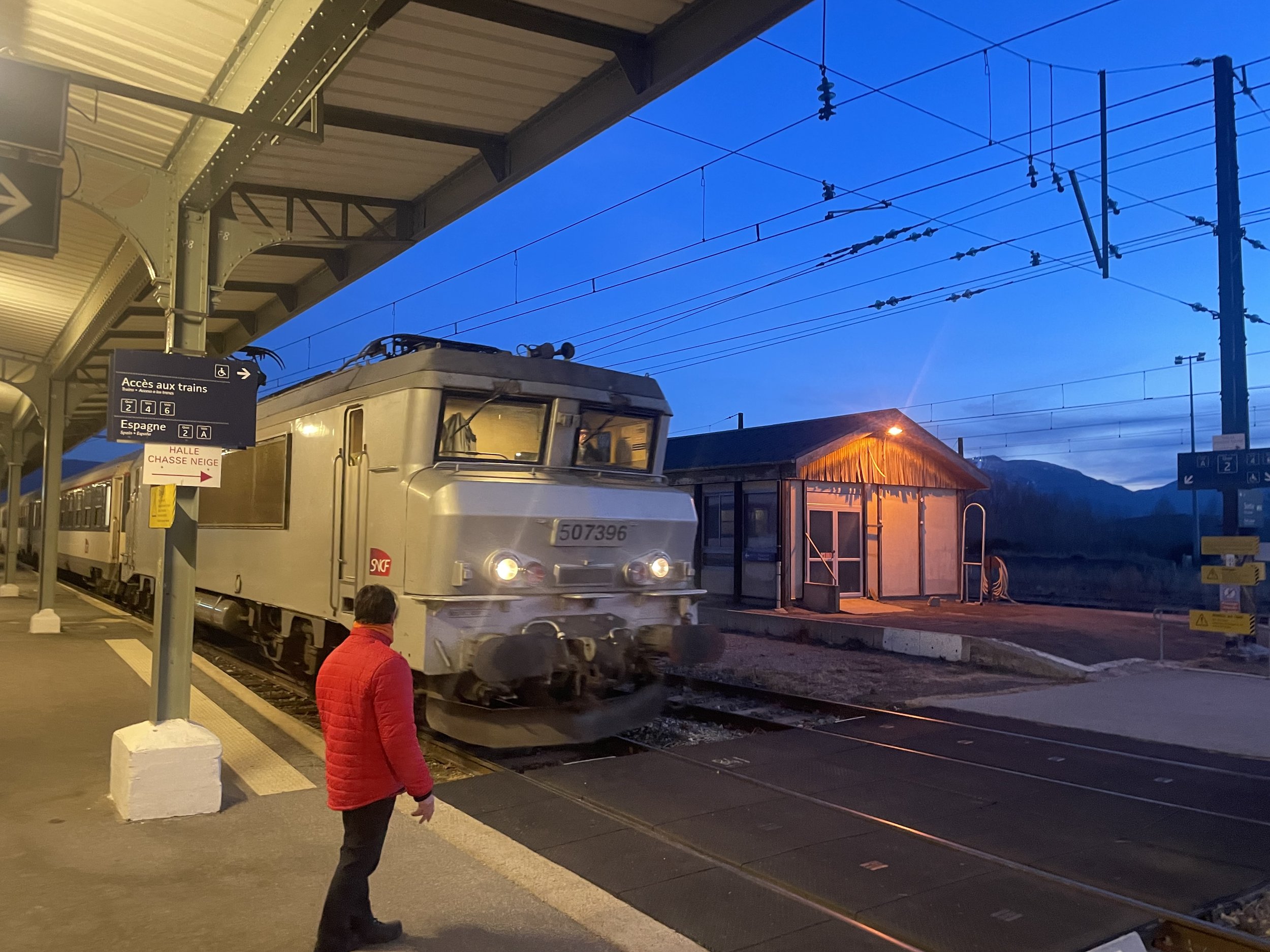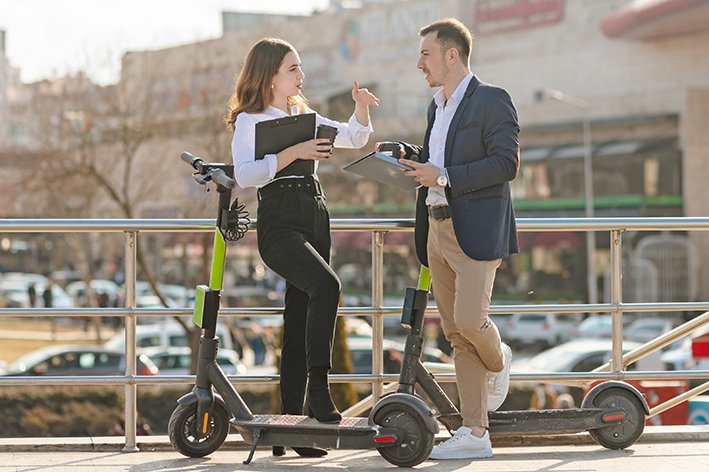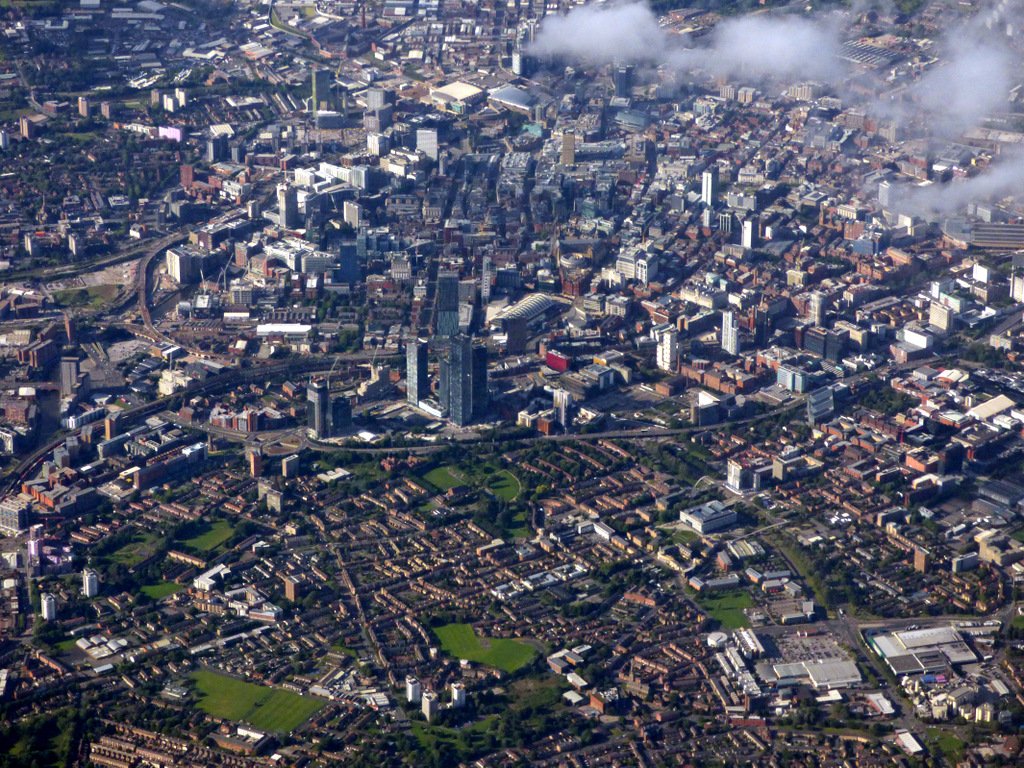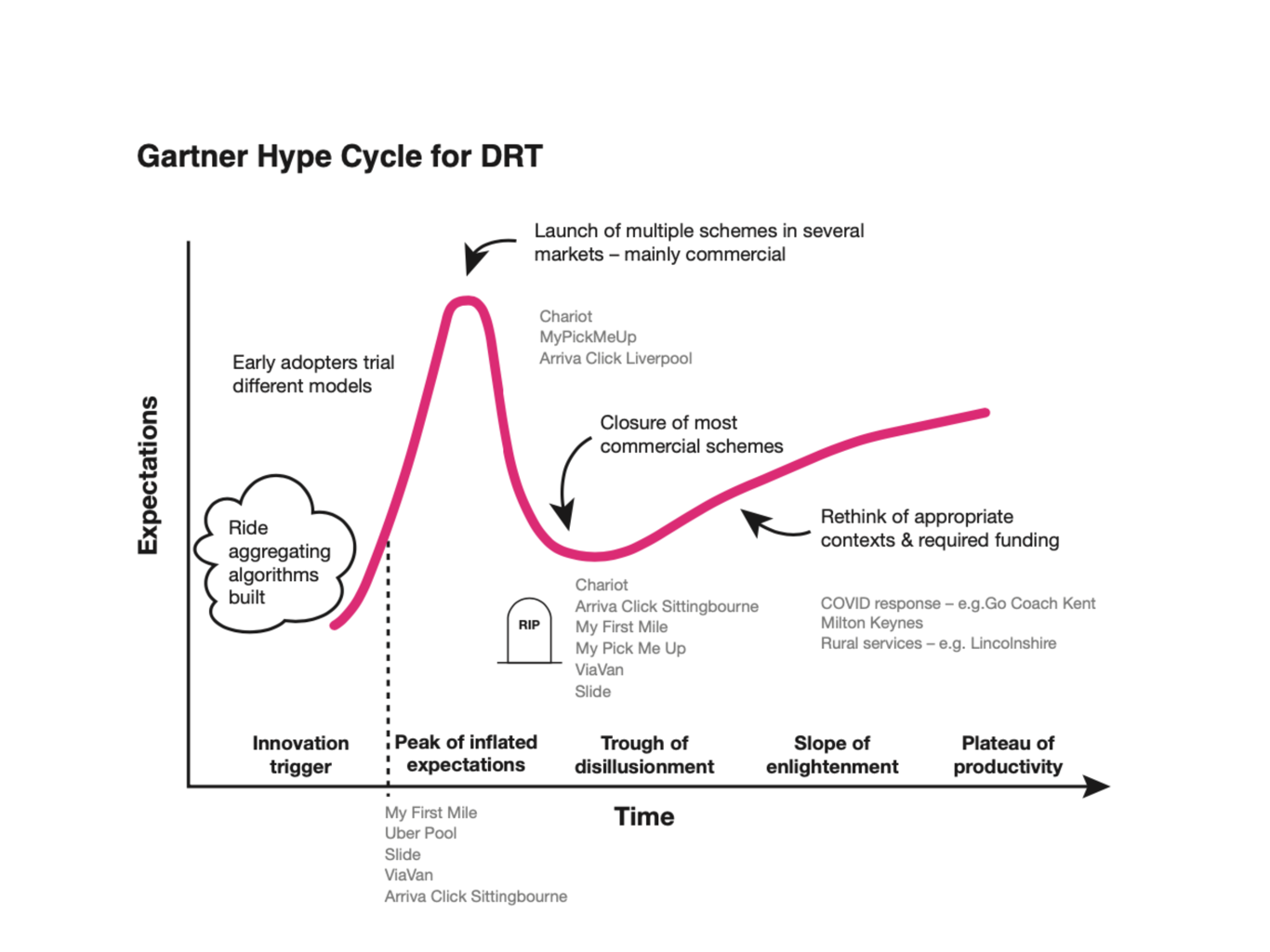“Can’t you just fly?” is the exasperated refrain as I reel off my itinerary to my friends, family and husband. I’ve been plotting multimodal transcontinental journeys for about as long as I have had my own passport (which probably coincided with reading the words ‘greenhouse effect’ in my dad’s New Scientist in the 1980s). Whilst I never say never, I do spend a lot of time considering, planning and working out whether flying can be replaced with a combination of trains, buses, ferries and bicycles (with the occasional electric car trip and car sharing figuring too).
On the plus side this also means that, as a transport person, I can put my hand on my heart and say I’ve tested out the limits of multi-modal low carbon travel. Sometimes I’ve found it challenging (it shouldn’t just be my personal wilfulness that makes it possible) but sometimes I’ve even persuaded people to come along.
One positive is that I’ve noticed is that long distance rail travel is getting easier. I reckon that I was on one of the last couchette trains to Perpignan in the 1990s, just before they were taken out of service and long before I was involved in transport. There was a brief piece on the radio and I had a quiet sad moment of frustration and despair.
A couple of years ago I was one of the first takers for the revived programme of refurbished sleeper trains between the south of France and Paris. And I am enjoying the renaissance in sleeper travel as the list of routes keeps growing. There are plans in place to connect Europeans rapidly and comprehensively by rail.
I love sleeper trains. Nothing beats the trundling motion for sleeping - or the anticipation of waking up somewhere new. It’s no exaggeration to say that I’ve slept my way across continents. From Milan to Germany and from Inverness to London (and again in the 90s) London to Penzance as well as my regular trips between Paris and Perpignan. As an adventurous teenager I navigated the length of India by train, from the foothills of the Himalayas to the Kerala in the south.
Lately my sleeper train experience is by SNCF, where train de nuit first class couchettes are spacious. But unless I bag a bargain I usually book the top bunk in the women’s compartment, which is easy to fill with all my bags, packs, notebooks, books and night train kit.
Ferries too enable this magic. Realising that I could pack all my stuff onto my bike in various frame bags and seat rolls and then ride onto a ferry was a revelation.
Pre-covid (and before P&O fired all their staff and rehired them at reduced wages) the Hull ferry was my favourite way to leave the UK. Just cut across eastwards from Todmorden on the train. Make use of the Hull cycle lanes, board ferry and wake up in Rotterdam (or Zeebrugge if you don’t mind cycling down a major traffic heavy dual carriageway as you emerge from the boat).
This arrangement is much easier now bike racks have started appearing on trains that refused to carry cycles previously. Cyclists can now get that self same night train from Paris to the south of France. New TGVs and German ICE trains have cycle spaces where previously bikes were banned on board without exception.
This temporary bike aversion was something I found out the hard way on a trip a few years ago when ICE train rolling stock was substituted for the regional train I’d booked for me and my laden bicycle. The guard said ‘Nein’ very emphatically which led to a great deal of rerouting and rebooking. It worked out. But not that day.
Maps too can be misleading. I’ve written a lot about transport data, including pavements and issues for pedestrians and cyclists, but even knowing the issues I have been caught out.
With ageing parents in eastern Germany I set out from the north of England on a well packed bike. The bike got me from Hull train station to the ferry. And from the ferry terminal to Rotterdam station on the other side. Whilst the theory was that this was only 10 miles on google maps, the bike lane route was double that. I had to put my head down and pedal ‘spiritedly’ to make my train.
Even this is improving. Better mapping and journey planners are taking root. You can book combinations of trains across national borders more reliably. And find your way round cities with MaaS and protocols-MaaS apps.
It’s not just the carbon footprint of surface travel that appeals to me. I like the feeling that I could change tack. Standing in a station surrounded by the bustle of travellers, the engines’ throaty growls, the beeps and the whistles, I’m often tempted by the promise of far away places that are just a train ride away. I could ditch my plans and hop on the express train to Vienna. Or Istanbul. There’s a romance and allure I find difficult to explain. Can’t I just fly? No.
Do I fly? Yes. Sometimes. I recently gave up on trying to get from the south of France to Dublin overland and booked a flight. That was a rail-tunnel-rail-ferry-rail combination that went beyond my tolerance for time spent sitting (or lying) down.
Rural transport - and islands in particular - present challenges which will hopefully be alleviated by short hop electric planes and even (with all sorts of provisos) drones that can reduce the carbon footprint of sea-crossings and other hard to traverse features.
As humans we get very tied into the idea that there’s one way to do things. It’s easier and quicker and reduces our cognitive load to commit to a single solution. Whether it’s flying everywhere or not flying anywhere.
But the thing is, the plurality and multiplicity of options is powerful and resilient.

























